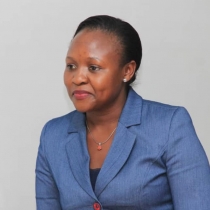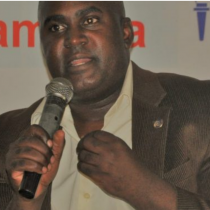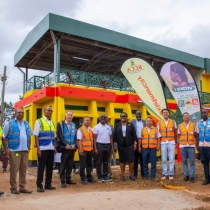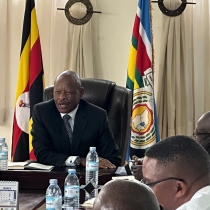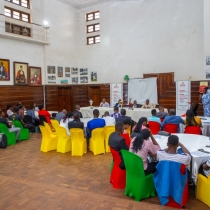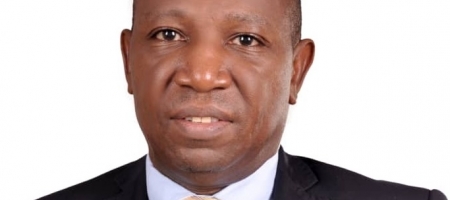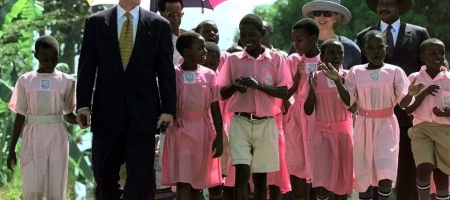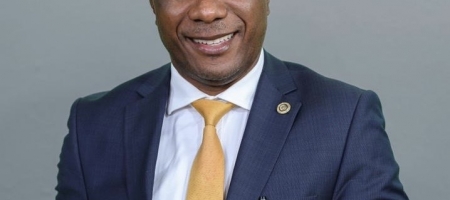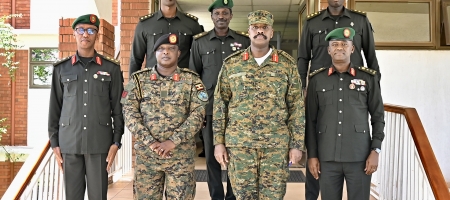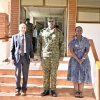Museveni Roots for End of HIV/AIDS by 2030

Magezi Kiriinjju
In the 1980s when Dr. Luc Montagnier of Pasteur Institute, a French research organization was busy feuding with Dr. Robert Gallo of the American National Cancer Institute over who found the virus that causes Acquired Immune Deficiency Syndrome (AIDS), Ugandans were grappling with what had befallen them. A strange ailment was wrecking havoc on communities leaving entire families wiped out, villages abandoned, orphans and old people helpless, the medical community and politicians bewildered.
Ordinary Ugandans thought Tanzanians were bewitching them for cheating them over business transactions. We may never know what Obote’s government knew about the strange disease but what is not in dispute is the fact that, it’s only after National Resistance Army captured power in 1986 that, President Yoweri Kaguta Museveni told Ugandans about HIV/AIDS notoriously known as ‘slim’ They say that an educated person should know something about everything and everything about something. Despite President Museveni not being a medical doctor, he provided political leadership in the fight against HIV/AIDS. The choices were few or none existent for Ugandans, either we defeat the disease or get wiped out because HIV/AIDS was a deadly disease at the time.
To be told that one had HIV/AIDS was as good as being pronounced dead because there was 100% mortality rate. The president was not about to spend over ten years fighting murderous governments only to lose to a murderous disease called slim. Uganda, being among the first hard hit countries, HIV prevalence rate was as high as 30% in urban areas and 15% in the rural areas. Therefore, the first task was to halt its ability to advance beyond its lines and reverse its spread completely. In 1992, the Uganda AIDS Commission was established by a Statute of Parliament under the Office of the President to ensure a focused and harmonized response towards the fight against HIV/AIDS.
Between 1990 and 1998, new HIV infections were reduced from 150,000 to 66,000 which was an incredible decline of 56%. This was as a result of swift action of encouraging an aggressive open policy and letting the media freely report about HIV/AIDS. Radio and television news began with a message about the disease, articles, cartoons, photos about HIV and sex education started appearing in newspapers, magazines, documentaries and posters carried facts about AIDS. Teachers were trained about HIV/AIDS education, communities were mobilized, church leaders openly advised people on how to stay free from HIV/AIDS. These efforts reduced new HIV infections to 83,000 by 2015 and a prevalence of 6.2% in general. However, due to successes above, introduction of ARVs that have reduced suffering and deaths, Ugandans have become complacent giving AIDS a new lease of life.
We are currently having 1000 new infections especially among young girls and 500 deaths from the disease weekly. It’s on this basis that President Museveni launched a new Presidential Fast-Tracking Initiative on Elimination of HIV/AIDS in Uganda by 2030. On October 16th 2019 at Uganda Media Centre, the Minister for Presidency, Esther Mbayo unveiled this initiative to the media and other stakeholders who are once again called upon to take the lead in dissemination of anti-AIDS massages correctly to Ugandans. The fast-track initiative has been prompted by grim statistics showing resurgence of AIDS in the country. President Yoweri Museveni has always reminded Ugandans that the struggle to eliminate HIV/AIDS from our society is in our hands. The focus should be on preventive measures. “AIDS is not infectious which was our original worry in the 1980s but it is spread through a few well-known ways that can be avoided and if new infections can be halted, AIDS will be history”. Americans say that if something isn’t broken, don’t fix it and the initiative isn’t coming up with a new strategy, it is emphasizing rekindling the one that worked well.
This strategy focuses on role of media, community and public service announcements on various methods in HIV prevention and treatment. This includes sensitizing men about AIDS, getting the infected adhere to treatment instructions from health workers and family’s role in AIDS awareness through teaching young ones about safe sex and dangers of contracting the disease. Also, political and religious leaders should be involved in spreading the massages about HIV/AIDS prevention, awareness should be part of their summons whenever they meet groups of people.
As the President put it, the absence of a proper message negates all interventions and significantly slows efforts of ending scourge by 2030. Therefore, correct and consistent messaging on preventing and managing HIV/AIDS should be at the core of all interventions.
The writer is a Communication Assistant at Government Citizen Interaction Centre (GCIC), Ministry of ICT and National Guidance.
Links
- 246 views


